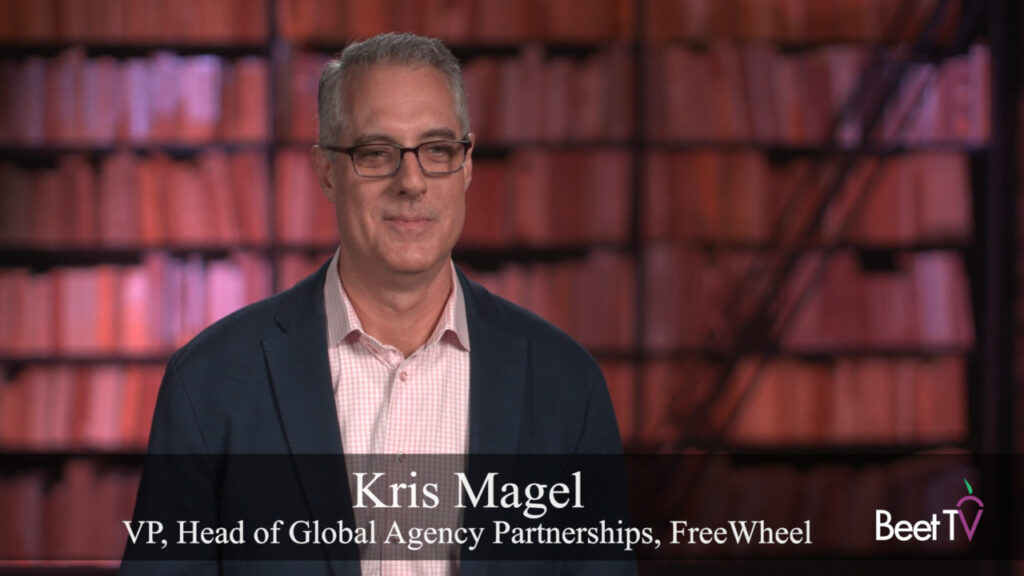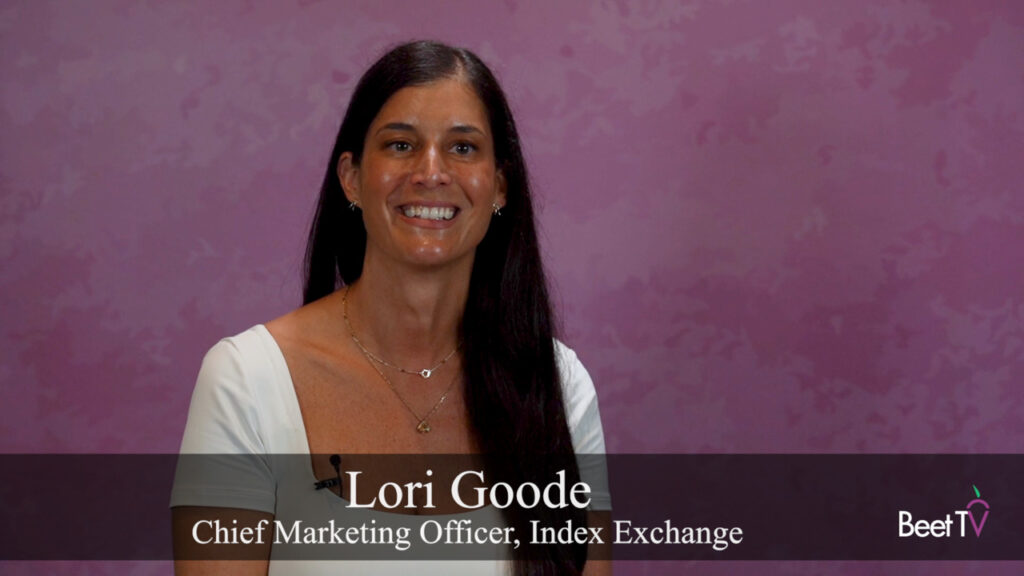WASHINGTON, D.C.-When competitors DISH and DIRECTV came together in 2014 to offer addressable television advertising solely for political campaigns, early takers were traditional TV buyers. But in the 2016 election cycle, digital buyers wanted in.
“I was amazed at how quick the political ad agencies were to accept this and to want to use” D2 Media Sales, its Director of Political Ad Sales, Mark Failla, said of 2014 during a panel discussion at the recent Beet.TV summit on politics and advertising. “Now in 2016, what we’re starting to see is some of the digital players fight for that money and say it’s really a digital buy,” Failla explained in response to a question from panel moderator Matt Prohaska of Prohaska Consulting.
According to Failla, political buyers are drawn by the “precision of direct mail with the accountability of digital, but with emotional impact and reach that only a television commercial can give you.”
Among D2’s main attributes is its ability to create scalable household-addressable media buys at the local level, enabling political campaigns to target their buys within given states, along with its approach to prevent wasted impressions. “If the commercial is played during a DVR playback and they skip through the commercial, it doesn’t count as an impression,” Failla explained. “If someone changes the channel instead of watching the commercial, it doesn’t count.”
Even though D2 offers some 50 demographic audiences for targeting, in addition to voter file data, buyers bring their own data to the table in line with their specific needs.
“Especially in this election cycle, there’s unique audiences that are affected by the top of the ballot problems that maybe we have on the Republican side or the Democratic side,” said Failla. “That affects the down-ballot candidates.” By matching campaigns’ own data to D2 households, “now you can target just these disaffected Democrats or reluctant republicans. You name the target audience. There’s a ton of them out there.”
Asked whether campaigns have begun to harness dynamic creative messaging to deliver sequential messages to target households, Failla said buyers are interested but there are concerns about cost and scale.
Although most voters would agree that this is a unique election season due to the personalities of the presidential candidates themselves, TV still plays a fundamental role regardless of how much free media coverage a candidate can generate.
“I think television as a vehicle still has to be a persuasion vehicle and still has to be used in a traditional way in many cases. It’s just that targeting is so much more superior,” Failla said.
You are watching videos from Beet.TV politics and advertising summit presented by OpenX along with Intermarkets. Please find additional videos from the series here.


























